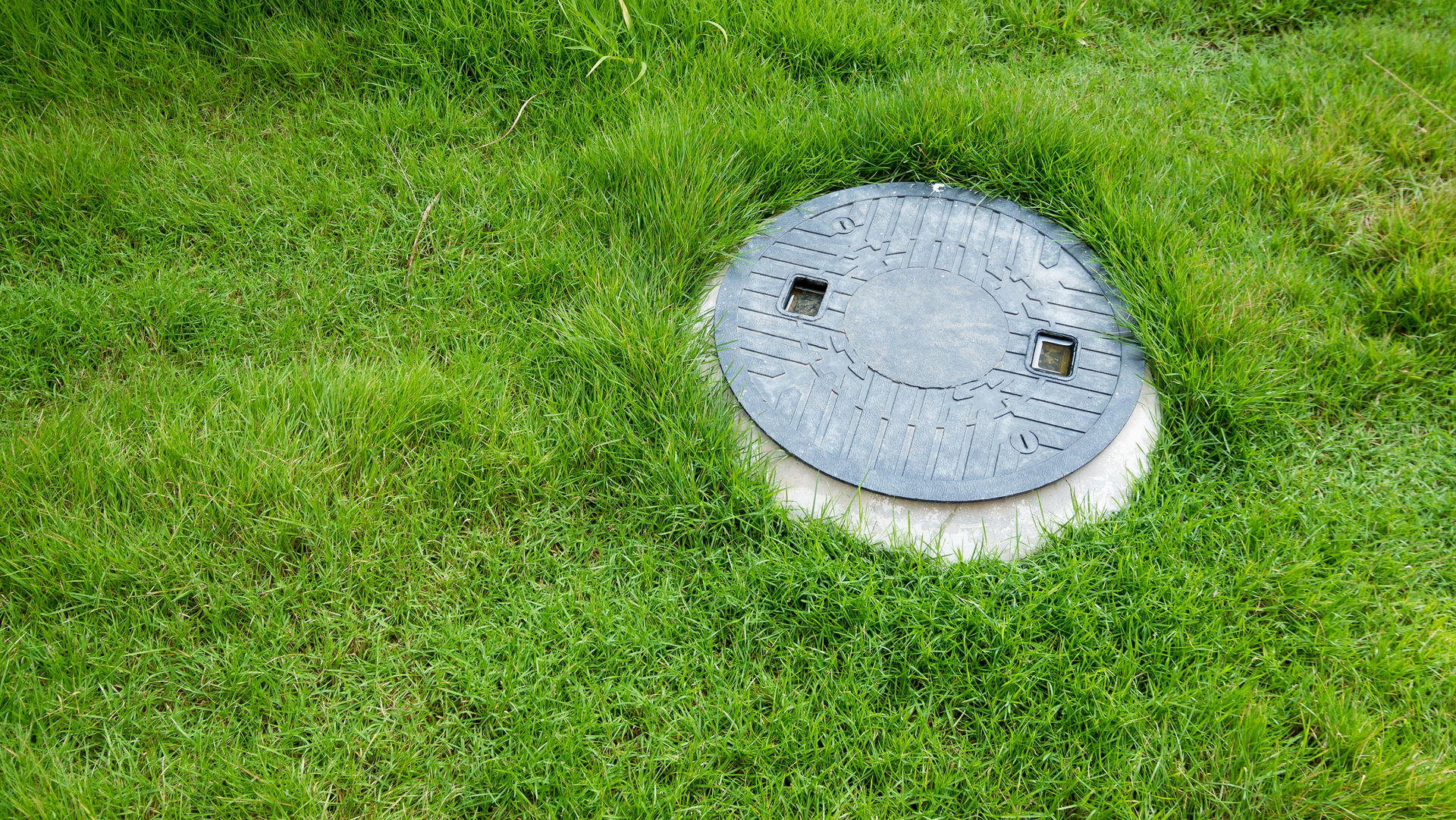5 signs that your septic tank has a problem
Posted on 29th July 2022 at 12:45
Properties that aren’t connected to a sewer system will have septic tanks underground that will store the wastewater. The last thing you want as a homeowner or business owner is for the septic tank to overflow or become faulty leading to some nasty smells and becoming hazardous.
Because septic tanks are out of sight, we often forget about them. The most effective way to avoid this is to make sure your septic tanks are regularly maintained and emptied by your local drainage professionals. If your septic tank has a problem, there are a few signs to look out for..

1. Slow drainage around your home
One of the first things you’re likely to notice is water draining a lot slower than normal around your home. This could be due to a blockage that’s easy to resolve. However, if all your sinks and toilets are draining slowly, this may indicate that your entire septic system is backed up. A backup is something that shouldn’t be ignored as this will add more pressure on your septic tank, which could cause the following problems:
- Overflowing wastewater
- Hazardous to flora and fauna
- Black mould
- Permanent damage to your walls and floors
If you’re experiencing slow drainage throughout your home, we recommend contacting your local drainage experts.
2. Nasty smells near your septic tank
A definite sign that there is something wrong with your septic tank, is a sewage smell; especially near and around where your tank is. Smells will become apparent when your tank isn’t draining properly, which may happen before any water and waste have escaped your septic tank. Picking up on these smells early might help prevent hazardous leaks, so call for help as soon as you notice any unusual smells.

3. Greener grass near and around the septic tank
Have you noticed the grass above where your septic tank is, has become greener? Although your lawn may look bright and lush, this could be a sign that there is a serious issue with your septic system. When wastewater escapes your septic tank, it will act as a fertiliser for the grass. This usually happens because of root intrusions, leading to a leak, or your tank has begun to overflow. Make sure you keep a close eye on any unusual patches of greener grass.
4. Gurgling sounds coming from your drains
When you flush the toilet or run the water from your tap, do you hear odd gurgling sounds? If so, this may be an indication that your septic tank is full, or there is a more serious issue at hand. If your septic tank is overfilled, this will prevent your septic system from functioning properly and cause it to fail. This may cause disastrous effects and needs to be cleared immediately.
Semilong Services are available 24/7, 365 days a year, so if you’re suffering from a septic tank emergency, we’re here to help. Please refer to our contact us page to find all our contact details.
5. Puddles or patches of standing water
If you see standing water near your septic tank or drain field, that wasn’t caused by large amounts of rainfall, this could indicate a very serious problem with your septic system. Because the system is failing, this has led to water accumulating at the drain field. This is a potential health hazard and needs addressing as soon as possible.

What should you do next?
If you’re experiencing any of these issues, it’s vital to seek help as soon as possible to avoid issues becoming more serious for your septic system.
At Semilong Services, we offer septic tank cleaning and emptying services that will help you maintain the health of your septic tank system.
With our one-time cleaning and maintenance packages, your septic tank will be maintained year-round and function as it should be.
Call us on 01604 492 701 today.
Tagged as: Drainage, Septic Tank
Share this post:





